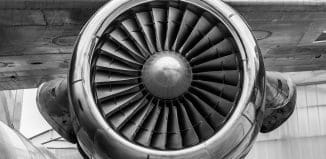Swiss Development to Alter Rescue Capabilities Forever?
This post is also available in:  עברית (Hebrew)
עברית (Hebrew)
A team of researchers at the Zurich University has developed a drone that can change shape in flight. The chief target of the drone is to assist with search and rescue missions. Able to contract and fold, the aircraft can enter small cracks and spaces to stream footage to rescue teams via its two integrated cameras. It’s design is meant for use in disaster zones that become inaccessible to rescuers due to safety concerns or physical restrictions.
Davide Falanga, one of the developers, explained in an interview for CNBC that the drone could make rescue missions more efficient and effective. “This drone could have multiple impacts – it can go into areas that would otherwise be inaccessible and let rescuers enter and explore a collapsed building. It was crucial for us to use the most efficient and stable systems in order to let the device allow it to fly longer.”
Funded by the Swiss National Science Foundation, the project took six months to go from concept to prototype. However, as the drone is still in early development stages, its developers have no timescale for a wide rollout. According to the research paper written by the drone’s developers, their aircraft “could lead to a shift in the research community towards morphing aerial vehicles.” However, they noted that there were still several unsolved research questions, such as “automatic morphology selection,” which refers to the robot’s ability to autonomously take the best shape for the task at hand.
Maria Kamargianni, lecturer in transport and energy at University College London, told CNBC that privacy concerns would need to be addressed before the drone could be commercialized. “This is a very promising technology for search and rescue projects, and it’s much more economically viable than existing options. In circumstances where a helicopter or a drone could be used, a drone would be much cheaper to deploy,” she said.
“The technology has lots of other applications as well — for example, it could be used to examine the quality of materials on a collapsed bridge. But technologies must be developed in line with public acceptance of them, so these drones should be designed in a way that notifies the public they are being used by the authorities — this could be done by using distinctive colors. In rolling them out companies would also have to make sure they are not violating personal data regulations.”






























